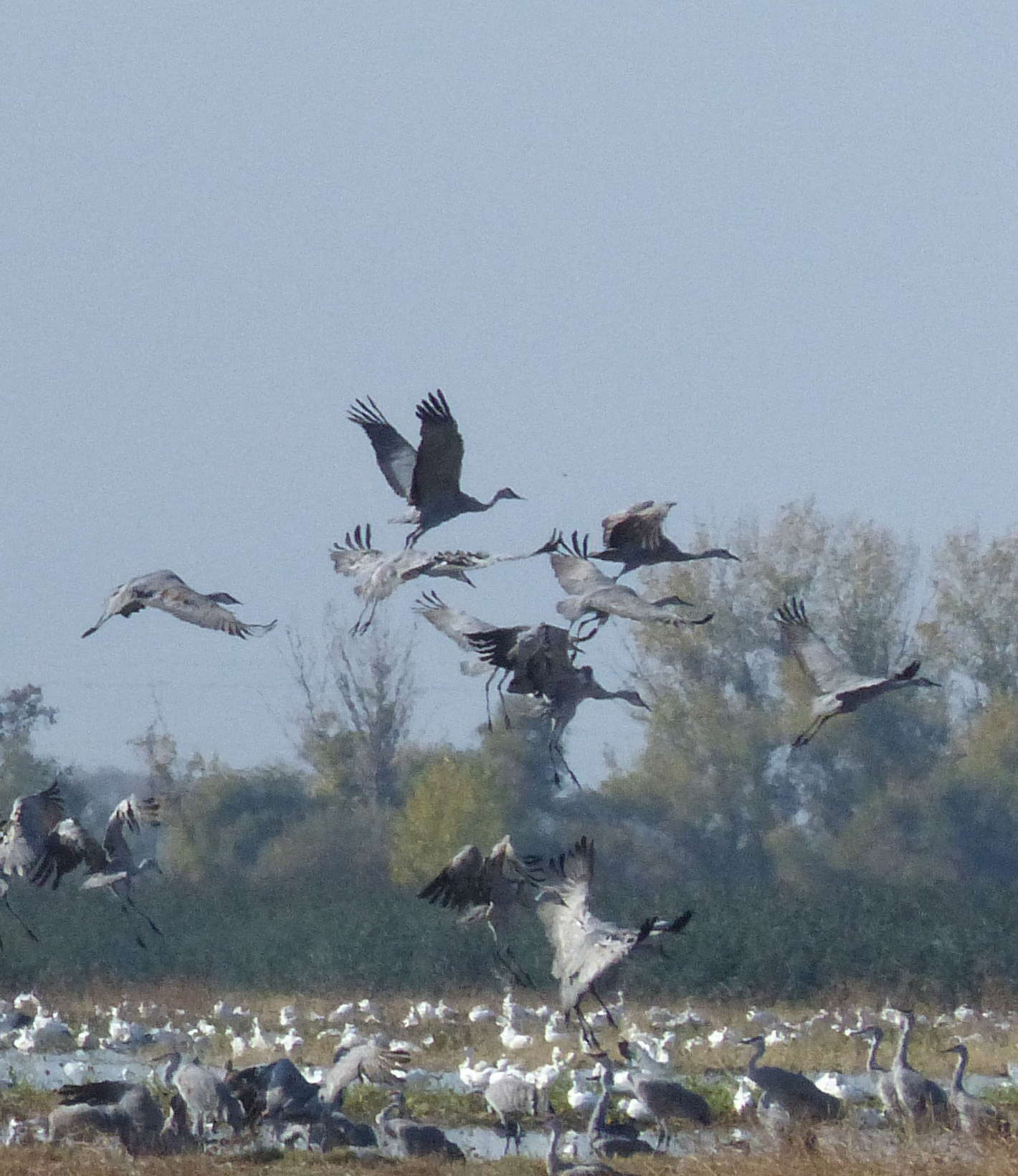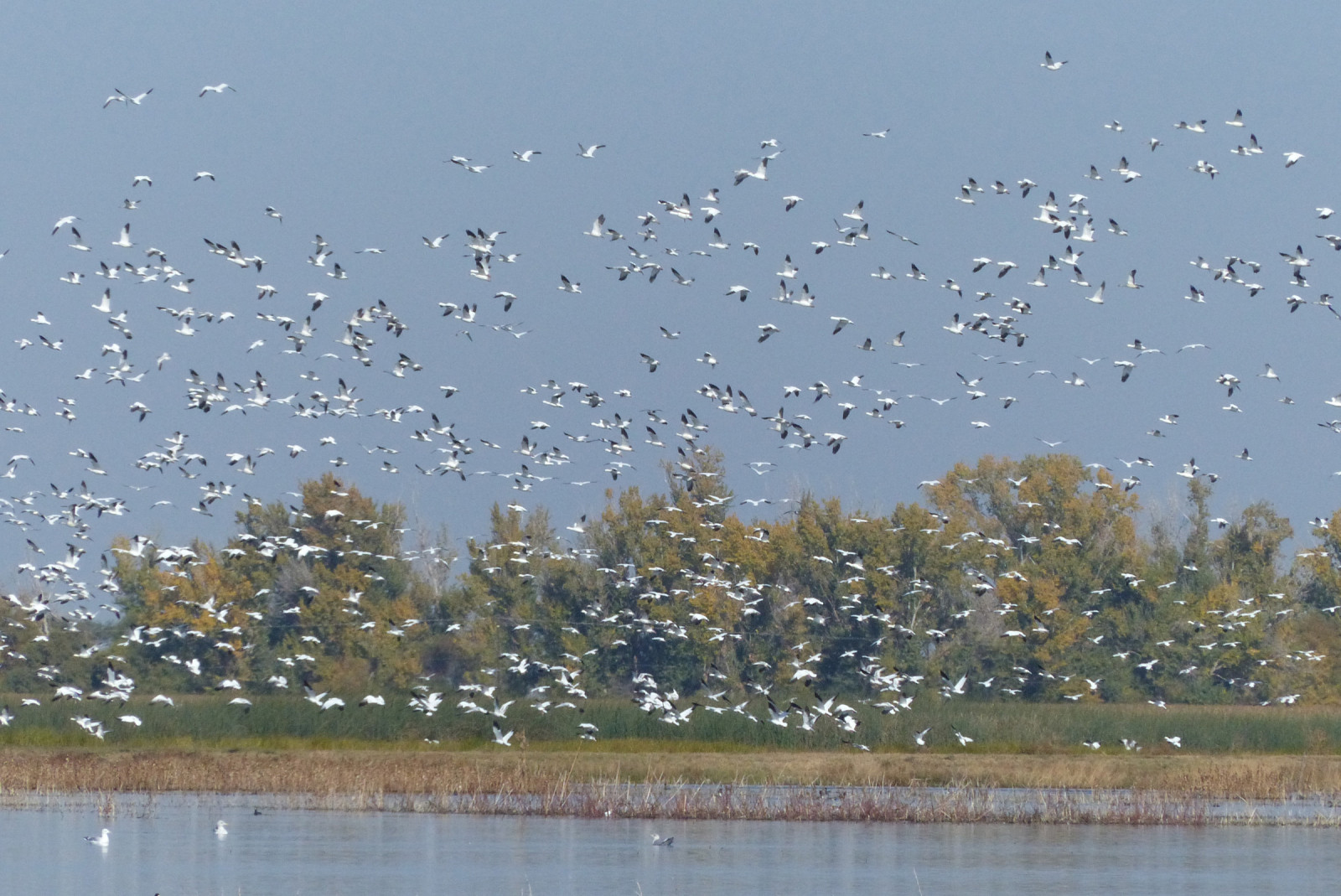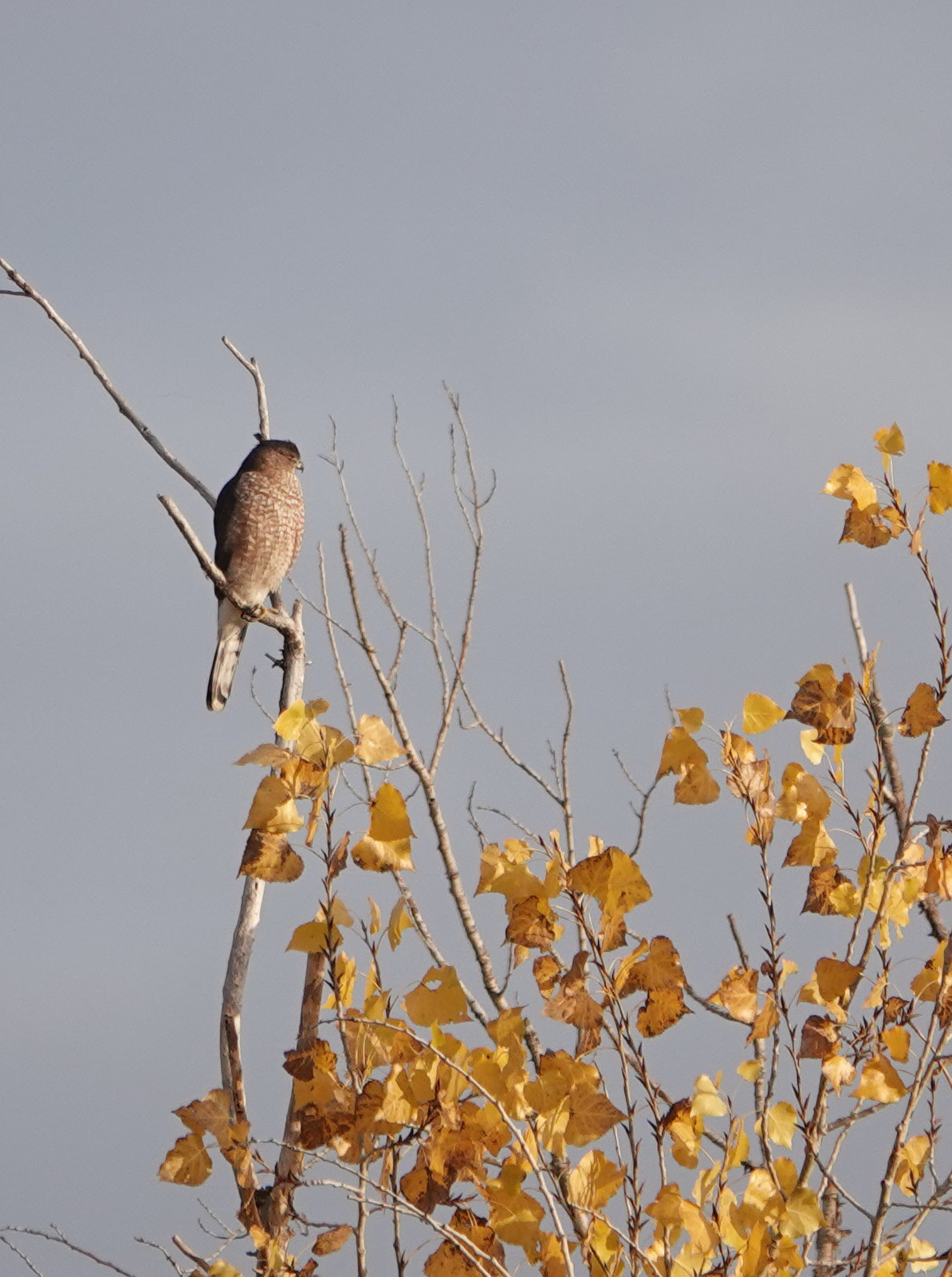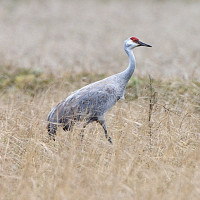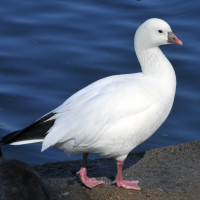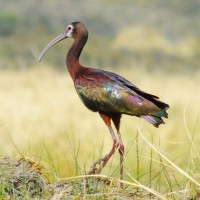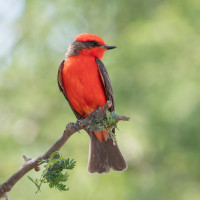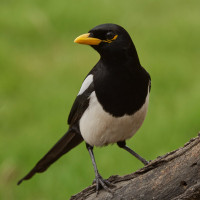Opis
Merced National Wildlife Reserve, which spans 10,200 acres, includes a wide array of habitats, including wetlands, vernal ponds, grasslands and riparian areas. The refuge is known for hosting the largest wintering populations of Sandhill Crane (tabida/rowani) and Ross's Goose of any location along the Pacific Flyway. The auto tour encircles the main ponds, with excellent viewing for Snow Goose (in the thousands), Ross's Goose, Tundra Swan, Sandhill Cranes, Northern Pintail, Cinnamon Teal and numerous other waterfowl. The area attracts raptors including: Red-tailed Hawk, Northern Harrier , Bald Eagle, Red-shouldered Hawk, Cooper's Hawk and American Kestrel. A variety of other bird species can be seen here, including Western Meadowlark, Loggerhead Shrike, White-crowned Sparrow, Tree Swallow, Marsh Wren, American Bittern, and an array of warblers can be found on the walks.
This is also a great spot to view sought-after birds for birders who live outside California or the Western US, including the stunning-looking Vermilion Flycatcher, Yellow-headed Blackbirds, as well as California and Central Valley specialties like Yellow-billed Magpie and Tricolored Blackbirds.
Szczegóły
Dostęp
Driving to Merced National Wildlife Reserve is necessary, and the reserve is most easily explored by car. The auto loop has 2 parking locations near viewing platforms with toilets. You must remain in the car on the auto loop. Short walking trails are located near the parking areas. Click on a P in the map for directions to a parking.
